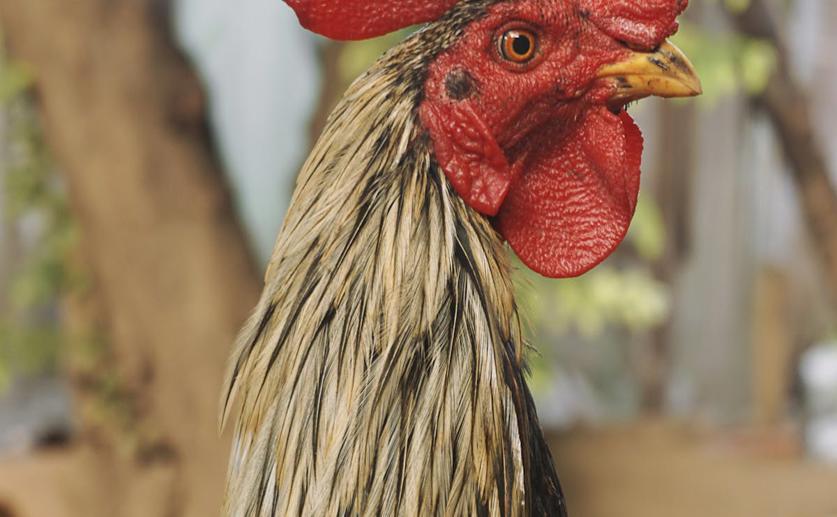
How LDHA Influences Egg Release in Chickens Through Protein and RNA Signals
Jim Crocker
11th May, 2024

Key Findings
- Study conducted in China on chicken egg production and ovulation mechanisms
- Identified genes and proteins that are crucial for the ovulation process in chickens
- Findings may help improve egg production and inform treatments for human ovarian disorders
References
Main Study
1) Proteo-transcriptomic profiles reveal key regulatory pathways and functions of LDHA in the ovulation of domestic chickens (Gallus gallus)
Published 10th May, 2024
https://doi.org/10.1186/s40104-024-01019-2
Related Studies
2) Using egg production longitudinal recording to study the genetic background of resilience in purebred and crossbred laying hens.
3) Nutritional significance of amino acids, vitamins and minerals as nutraceuticals in poultry production and health - a comprehensive review.
4) Effect of housing environment and hen strain on egg production and egg quality as well as cloacal and eggshell microbiology in laying hens.



 11th April, 2024 | Jim Crocker
11th April, 2024 | Jim Crocker